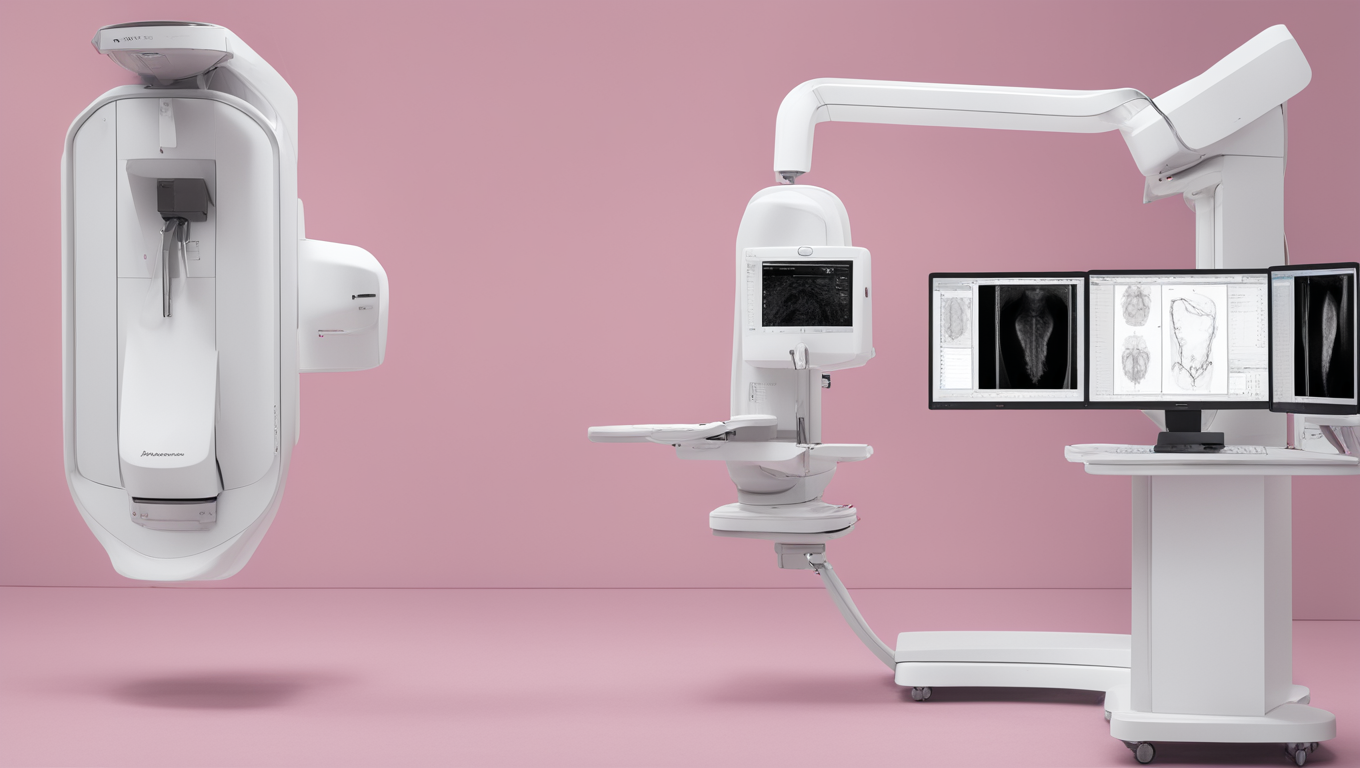A recent study conducted by UCLA has shown promising results for Transpara, an artificial intelligence (AI) algorithm developed by ScreenPoint Medical, in detecting breast cancer. The study, titled “External Validation of a Commercial Artificial Intelligence Algorithm on a Diverse Population for Detection of False Negative Breast Cancers,” found that Transpara accurately identified nearly 50% of false negative breast cancers, with the majority of these cases occurring in dense breasts.
False negative breast cancers are those that are not detected at the time of screening when reviewed by a radiologist alone. Alejandro Rodriguez Ruiz, the VP of Innovation and Clinical Strategy at ScreenPoint, explains the significance of minimizing the false negative cancer rate in breast cancer screening, stating, “While the false negative rate in breast cancer screening is low, minimizing the false negative cancer rate is critical to achieving the greatest benefit of screening.”
The study evaluated Transpara’s ability to detect false negative cancers in a real-world, heterogeneous U.S. screening population, rather than using cancer-enriched datasets. This makes the results more applicable to real-world clinical use, as the algorithm was tested on actual screening populations. This is in line with previous studies conducted on Transpara, such as the MASAI Trial, which also used large-scale real-world screening populations.
Transpara has been evaluated in multiple large-scale real-world screening populations, including those in the U.S., the Netherlands, the UK, Denmark, and Norway. The algorithm assists radiologists in reading mammography exams, both digital breast tomosynthesis (DBT) and full-field digital mammography (FFDM), by providing an additional layer of analysis to help detect cancers earlier and reduce recall rates.
One of the key advantages of Transpara is its ability to detect interval cancers, which are cancers that are diagnosed between scheduled screenings. Research has shown that up to 45% of interval cancers can be found earlier using Transpara. Additionally, the algorithm helps reduce the workload for radiologists and optimizes workflow.
The results of this study highlight the potential of Transpara in improving breast cancer detection by decreasing false negative cancers, particularly in dense breast tissue. As dense breasts are associated with decreased mammographic sensitivity and increased individual risk, detecting interval cancers in these cases could lead to better health outcomes for patients.
ScreenPoint Medical aims to translate cutting-edge machine learning research into technology that is accessible to radiologists, with the goal of improving screening workflow, decision confidence, and breast cancer risk assessment. Transpara has been developed by experts in machine learning and image analysis and has been updated based on feedback from world-renowned breast imagers.
To learn more about the groundbreaking research conducted on Transpara and the evidence supporting its effectiveness, visit the ScreenPoint Medical website. The website provides a comprehensive collection of peer-reviewed publications and other evidence that showcases the algorithm’s capabilities. With its potential to revolutionize breast cancer screening, Transpara is poised to make a significant impact on the field of radiology and patient care.





Use the share button below if you liked it.